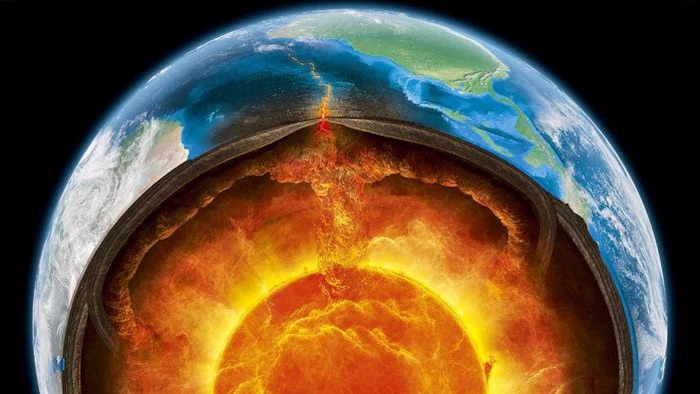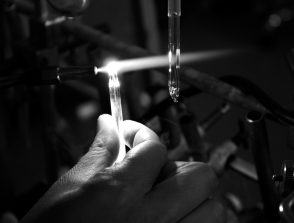Léa Courtonne’s PhD
Start: 01 October 2025
Supervisors :
Pierre Cartigny, Estelle Rose-Koga (ISTO)
Related teams :
Stable Isotope Geochemistry
Status: In progress






